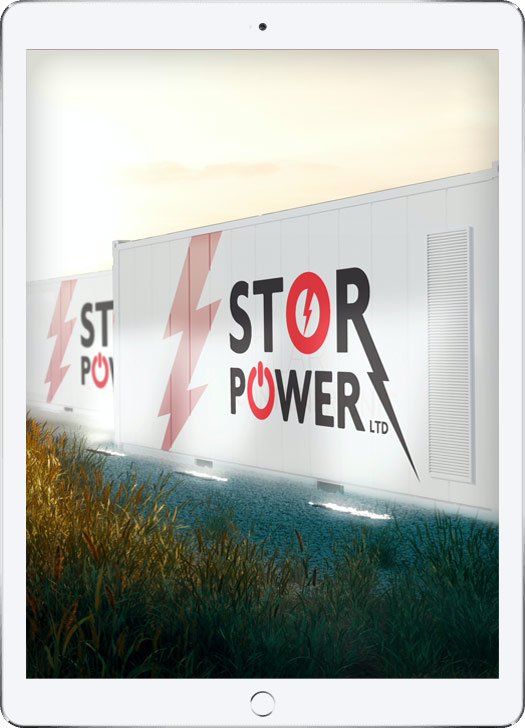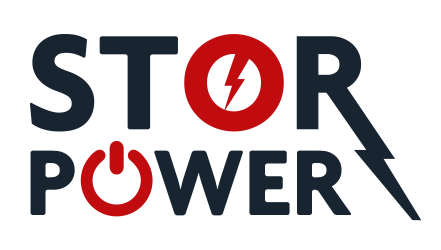Battery Energy Storage
Battery energy storage plants are ideally suited to store and release electricity for short term system stability.
Battery storage is the fastest responding source of power connected to the grid and is used to support and stabilise it. When discharging power into the grid at their full rate, battery storage power stations are generally designed to output for between one and several hours.
STOR’s current portfolio of storage assets is a mix of distribution and transmission connected schemes with a minimum of 2 hours storage capacity.
Why do we need battery storage?
Record levels of renewable energy sources are being used to generate the UK’s power. Battery storage helps us make the most of this green energy by storing excess generated when there is low demand and providing extra power to the grid when there is high demand. They provide vital balance to the fluctuations in supply from many renewable energy sources that come due to different weather conditions. This allows the electricity system to operate efficiently and avoids potential blackouts. Having the ability to store excess power in times of high current density also will allow for the further expansion of renewable energy sources, as it reduces waste that currently stunts the development of more renewables. This growth is vital for decarbonising our planet through the phasing out of non-renewable energy.
- Increased system volatility from intermittent renewable energy generation and changing demand patterns will drive growing demand for battery storage.
- Battery storage power plants allow extremely short control times and start times and can therefore dampen the fast oscillations that appear when electrical power networks are operated close to their maximum capacity.
- Batteries can also perform peak shaving to manage energy costs by storing energy during low demand when prices fall to use when demand is high. Peak demand times have higher energy costs, and so by storing energy in batteries, you avoid fluctuating spending.
- National Grid sees flexible generation growth as critical to accommodate the peaks and troughs in demand on the system.
COST REDUCTION
NEW REVENUE STREAMS
LOWERED RISK
Why reserve energy?
The change to energy generation and consumption is being driven by three powerful trends: the arrival of increasingly affordable distributed power technologies, decarbonisation of the world’s electricity network through the introduction of more renewable energy sources, and the emergence of digital technologies. Reserve energy will continue to play a vital role in supporting these trends as we transition by ensuring supply levels remain stable.

Decentralisation
The nation is transitioning from relying on fewer large, centralised generators to multiple small-scale local generators connected to the grid at distribution level. The growth of these distributed energy resources such as renewables, and the increase in “prosumers” (individuals who both consume power and produce it) is hugely increasing the complexity of the distribution grid.
Decarbonisation
The rapid deployment of low-carbon technologies such as wind and solar is making it increasingly difficult to forecast variable generation, creating challenges around grid stability, congestion and market volatility.
Digitisation
Greater numbers of connected devices and smart sensors are allowing rapid decision-making on dynamic and nodal prices, while intelligent control systems and internet-enabled software are helping optimise power plants and the grid.






